Future Trends in Flight Mechanics: Flight mechanics, the study of the forces and moments that act on an aircraft during flight, has been at the heart of aviation since its inception. As technology progresses, and as our understanding of aerodynamics, propulsion, and control systems deepens, new trends are continually emerging. These trends promise safer, more efficient, and more versatile aircraft for the future. This article delves into some of the most promising advancements and trends in flight mechanics.
Future Trends in Flight Mechanics
1. The Emergence of Electrified Propulsion
As the world leans towards sustainable solutions, aviation isn’t left behind. The move from conventional fossil fuel-based propulsion to electric and hybrid systems is perhaps one of the most significant shifts in aviation.
- Electric Aircraft: Electric motors are replacing traditional engines. These motors are powered by batteries, which are continuously becoming more energy-dense and lightweight.
- Hybrid Systems: Combining traditional propulsion with electric systems, hybrid aircraft promise increased efficiency while mitigating the current limitations of battery technology.
The implications for flight mechanics include quieter operations, new challenges in managing power distribution, and different weight distributions as battery packs replace fuel tanks.
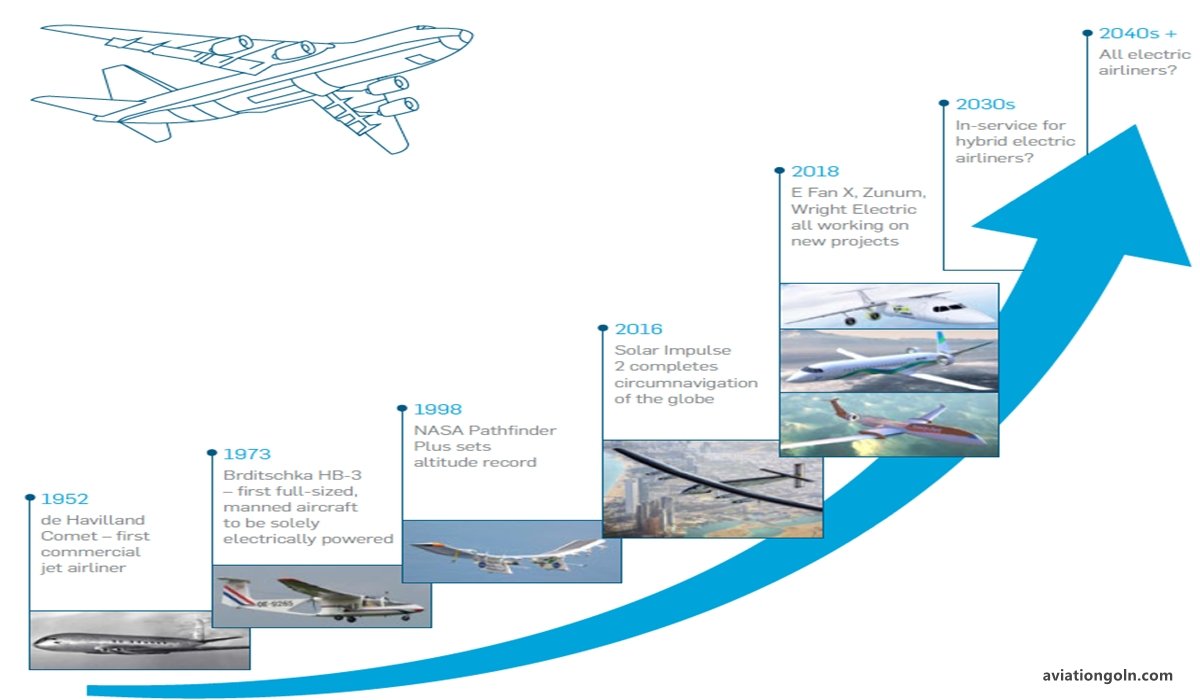
2. Vertical Take-off and Landing (VTOL) & Urban Air Mobility (UAM)
With increasing urbanization and traffic congestion on roads, the concept of urban air mobility has gained momentum. VTOL aircraft, which includes drones and air taxis, can take off and land without a runway.
- Multirotor Technology: Relying on multiple rotors, these aircraft can achieve stable hover and vertical flight, altering traditional take-off and landing phases significantly.
- Transitioning Flight Modes: Advanced flight mechanics are required for aircraft that transition between hover and forward flight, like tiltrotors or tiltwings.
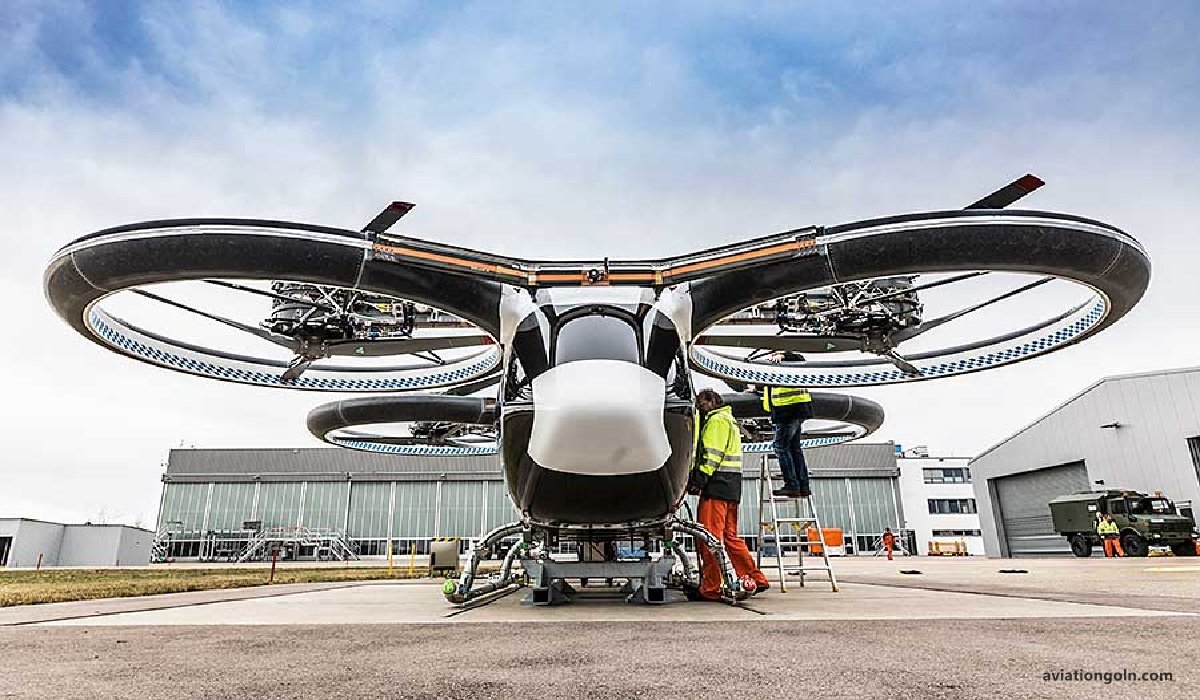
3. Morphing Wings
The fixed wings of traditional aircraft might soon be history. Morphing wings can change their shape in response to flight conditions, offering optimal aerodynamic surfaces at all times.
- Shape Memory Alloys: Used as actuators, these materials can “remember” shapes and return to them when activated.
- Flexible Structures: New materials and designs allow for wings that can flex or twist to achieve desired aerodynamic shapes.
Understanding and modeling the flight mechanics of these adaptive structures adds complexity but promises higher efficiency and performance.

4. Increased Autonomy and AI Integration
Autonomous operations are no longer limited to drones. As AI and machine learning technologies evolve, larger aircraft, including commercial airliners, are considering reduced crew operations or even full autonomy.
- Advanced Sensors: For autonomous operations, aircraft will be equipped with a plethora of sensors, from lidars to advanced cameras, feeding data about their environment.
- Decision-making Algorithms: Flight mechanics will need to integrate with AI algorithms capable of making real-time decisions based on data from onboard sensors.

5. Quantum Computing in Flight Dynamics
The advent of quantum computing has the potential to revolutionize various industries, including aviation. Flight mechanics could harness the immense computational power of quantum computers to solve complex flight scenarios, optimize flight paths in real time, or even model chaotic systems like turbulent flows with unprecedented accuracy.
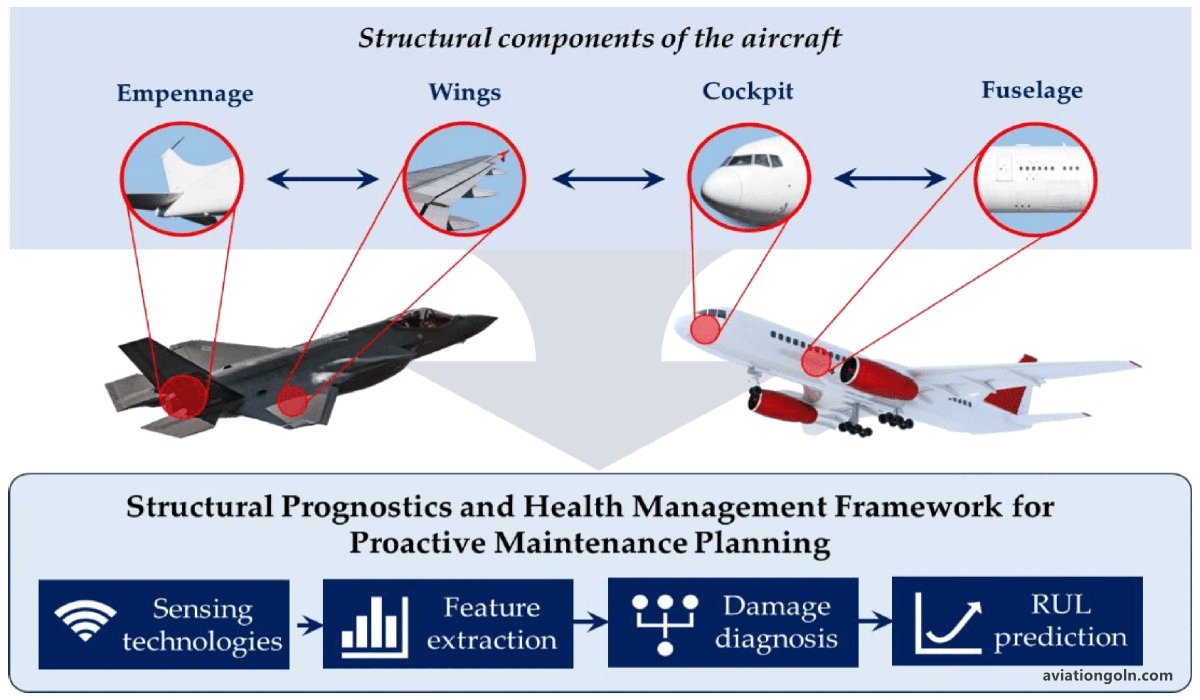
6. Biomimicry in Flight
Nature has been perfecting flight for millions of years. By studying birds, bats, and insects, engineers are uncovering new insights into flight mechanics.

- Flapping Wing Aircraft: Bio-inspired by birds and insects, flapping wing aircraft, or ornithopters, provide a unique blend of efficiency and maneuverability.
- Bird-like Maneuverability: Studying the intricate mechanics of bird flight can lead to aircraft capable of rapid direction changes, tight turns, and efficient gliding.
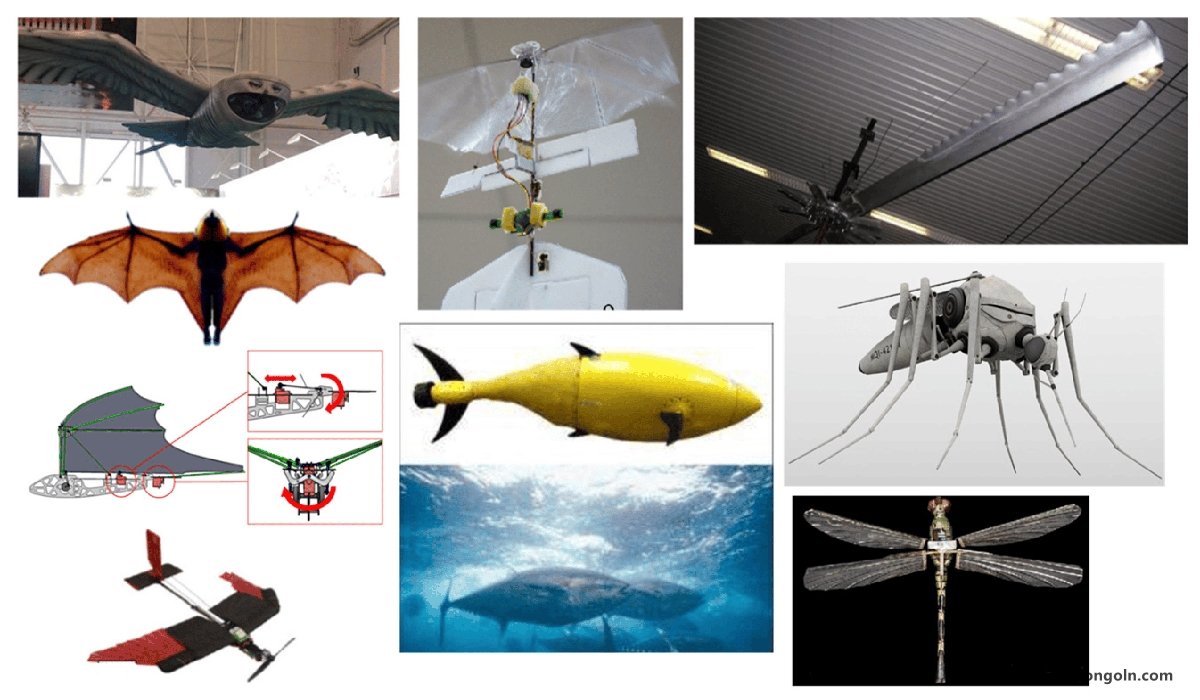
7. Advanced Control Systems for Turbulence Mitigation
Turbulence remains one of the major challenges in achieving smooth flights. Future aircraft might come equipped with advanced systems that detect turbulence well in advance and adjust the aircraft’s flight parameters to minimize its effects.
- Predictive Algorithms: By analyzing data from forward-facing sensors, these algorithms can predict upcoming turbulence and adjust the flight path or control surfaces in anticipation.
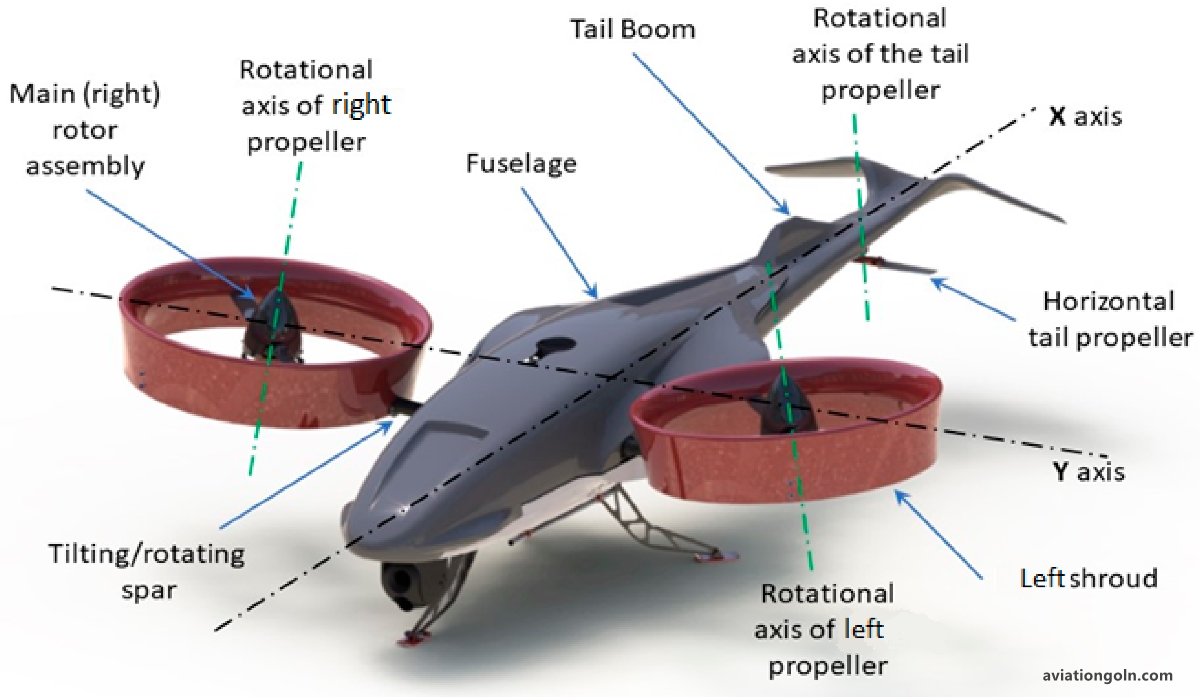
8. Distributed Propulsion
Distributed propulsion systems involve placing multiple smaller engines or propulsion units across the aircraft rather than one or two primary engines.
- Benefits: This distribution can improve efficiency, provide redundancy, and open up new design possibilities. For example, by placing electric fans along a wing, engineers can achieve blown wing benefits, where the propulsion system enhances the wing’s aerodynamic performance.
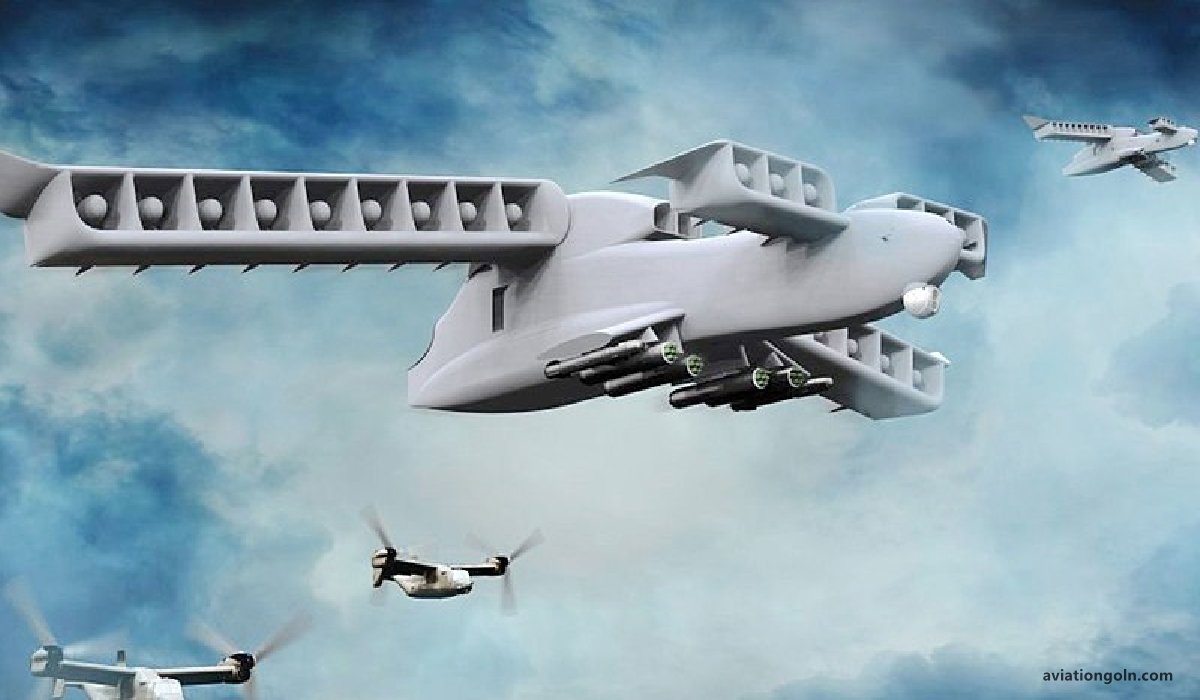
9. Advanced Materials
The use of advanced materials like carbon composites, graphene, and nano-materials can lead to lighter, stronger, and more flexible aircraft. The reduced weight directly impacts flight mechanics by allowing for more efficient flight profiles and increased payloads.
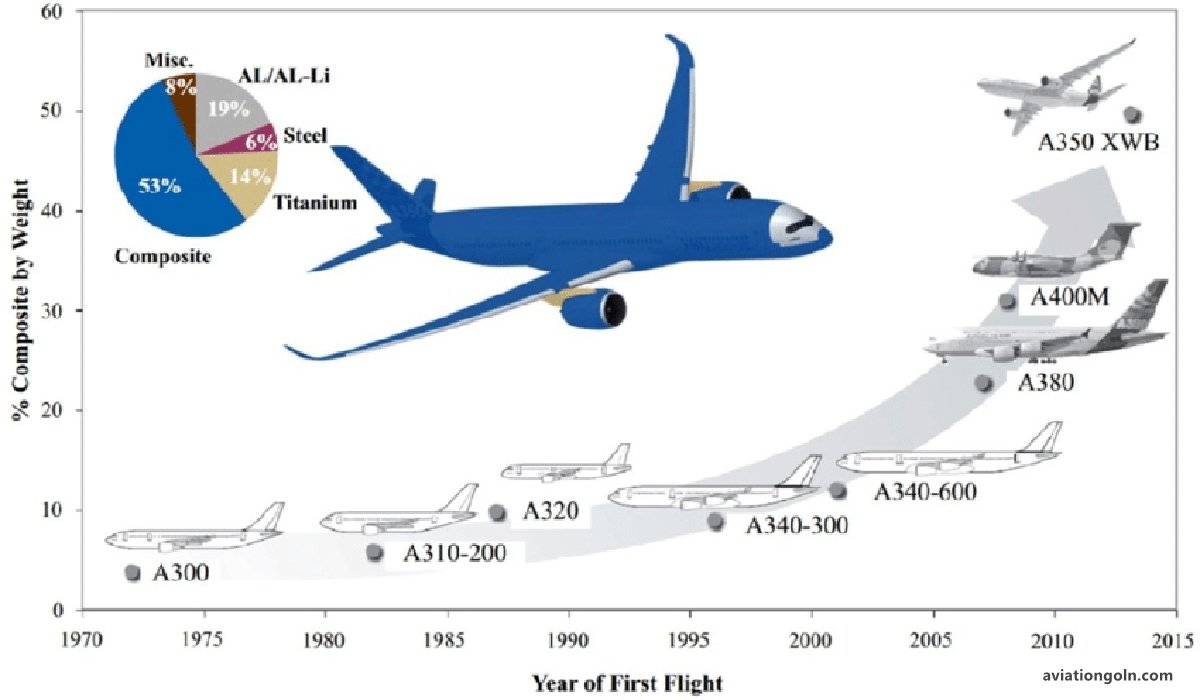
10. Integrated Systems Approach
In modern aircraft design, there’s a move towards viewing the aircraft as a complete, integrated system rather than a collection of parts. This approach considers how changes in one component (like propulsion) might impact other aspects of flight mechanics.
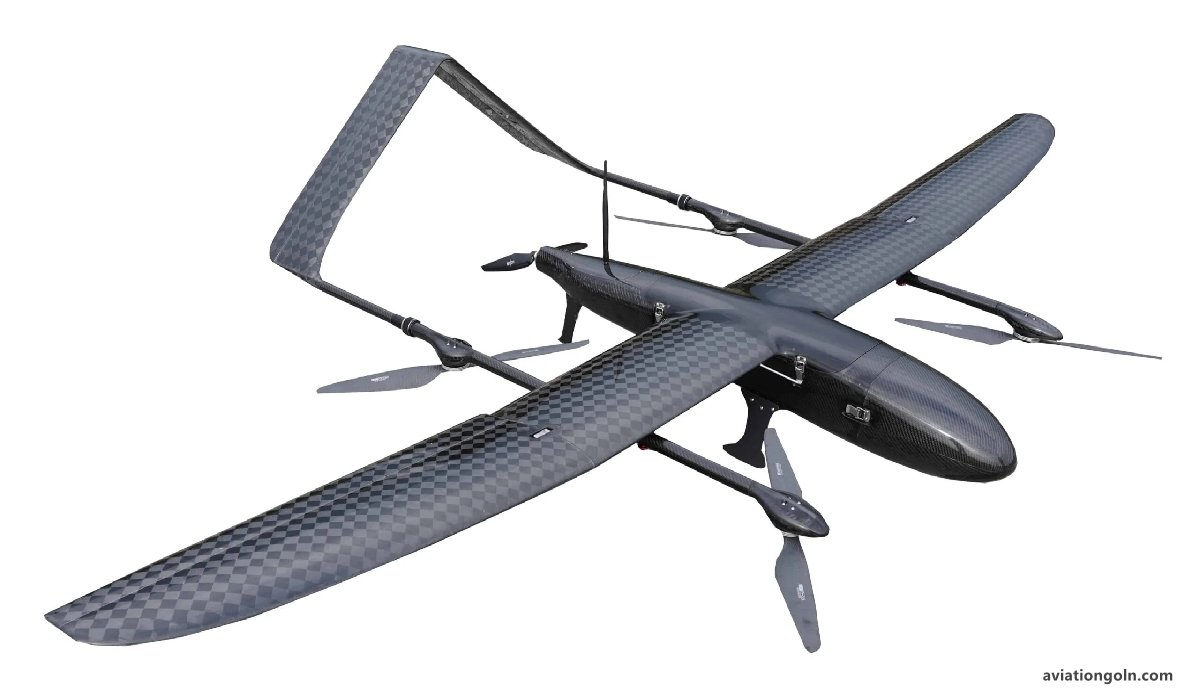
The future of flight mechanics is nothing short of exciting. With advancements in technology and a deeper understanding of the principles of flight, we’re on the verge of a new era in aviation. These trends promise not only more efficient and sustainable aircraft but also a revolution in how we perceive and utilize air travel. The sky, as they say, is no longer the limit!
